Content:
Cherry, along with sweet cherry, belongs to the fruit stone fruit crops. Cherry can be a short tree and a tall bush (up to 5 meters), depending on the variety. Bushy cherries come into fruiting earlier and increase the yield faster.
General characteristics of cherries
There are three varieties of cherry varieties:
- Self-infertile varieties - during the pollination process, they use pollen only from their own flowers without pollinators (for example, bees or related trees growing in the neighborhood). If a pollinator cherry does not coexist next to a self-fertile cherry, then fruiting will be only 4%.
- Partially self-fertile cherries are an intermediate species between self-fertile and self-fertile. They bear fruit better when several trees of the same culture grow nearby.
- Self-fertile - during pollination they use only their own pollen, therefore they are able to self-pollinate themselves.
The main distinguishing characteristics of cherries for Siberia are:
- early maturity;
- high productivity;
- winter hardiness;
- undemanding to growth conditions;
- early maturation (about 2 months);
- high quality fruit.
The fruits have the following characteristics:
- contain vitamins (C, P, B, A, E, H, PP), sugar (mono- and disaccharides), malic, citric and succinic acids, macro- and microelements;
- stabilize the intestines, improve appetite, quench thirst, remove toxins from the body;
- have a high level of usefulness when consumed fresh;
- they can be processed (compotes, juices, preserves), dried (dried fruits) and frozen for the winter - all vitamins will be preserved.
Cherry tree: varieties for Siberia
Cherry loves sun and warmth, but is also able to take root in the harsh climatic conditions of Siberia. Breeders have developed special varieties with frost-resistant properties with characteristics of high yield and early maturity.
- Felt Cherry (Natalie, Alice) - varietal species, has dark red fruits weighing up to 3g. It got its name from the fact that the leaves and its shoots are covered with pubescence, similar to felt. This is a self-fertile, winter-hardy variety, but at -40 C, the wood of the branches can be damaged. Therefore, for the winter it is necessary to bend the branches to the sides and fix them to the ground. After the first snow, cover the bent bush.
- Cherry Ognevushka, Description of the variety: tolerates frosts down to -50 C. Fruits weighing 3 g, round, bright red with light red pulp, juicy, have a sweetish taste with sourness. Ripening occurs at the end of July. Seedlings Ognevushki bear fruit in the 3-4th year, if planted in an elevated, sunny place protected from the winds. Planting Ognevushki is recommended in spring.
- Besseya. The advantages of this variety are generous fruiting and decoration of the garden area. This is a micro cherry, looks like a bush with erect shoots, the growth of which does not exceed one and a half meters. Fruits are globular, purple-black, 1 cm in diameter with a tart astringent taste. This taste is improved, acquiring sweetness, if the cherry picking is carried out after the fruit has dried on the branches. The variety can be cultivated everywhere, as it is not picky about the soil. It is important that the place is sunny.
Besseya easily tolerates drought and severe frosts (up to 50 degrees). But there is one caveat to successful cultivation. When planting, drainage must be done, since stagnant moisture can damage the branched root system. The variety is self-fertile. Protection from pests is not required, as during the flowering period an aroma is released that does not like insects.When pruning, it is important to remove 6-year-old branches so as not to reduce the yield. - Cherry tree varieties Miracle for cultivation in Siberia is a hybrid of cherry and sweet cherry. In too cold winters, it requires shelter with needles. The value of this variety is increasing due to its resistance to moniliosis and coccomycosis. Fruit ripening begins at the end of June. Fruits are richly sweet (from cherries) up to 10 g by weight. Harvesting from one tree can reach 12-15 kg.
- Altai swallow. The variety is bushy, self-fertile. The height of the bush reaches one and a half meters. Fruits are round, weighing up to 3 grams, dark red, sweet and sour taste. Harvest ripening at the end of July. Average yield - up to 5 kg per bush. Cherries tolerate transportation very well, as the fruit pulp is very dense. A big plus of this variety is its excellent resistance to diseases and pests.
- Spunk - is a hybrid of cherry and sweet cherry, self-fertile species. This is a fairly tall tree (up to 4 m), the branches of which form a crown in the form of a ball due to free growth. The fruits are dark red, weighing up to 4 g with a sweet and sour taste. Begins to bear fruit at the age of 6 at the end of June, the average yield is 25-40 kg of berries, and at the age of 20 - up to 50-60 kg.
Rating of other popular frost-resistant varieties by cherry taste.
Table 1. Sweet cherry varieties for Siberia
| Name | Type and group of varieties | Fruit ripening | Specifications |
|---|---|---|---|
| Altai early | tree type | early July | bears fruit for 4 years |
| self-fruitless variety | yield - 6 kg | ||
| Desired | bush up to 2.5 m | end of july | 5 year |
| partially self-fertile | 6-12 kg per bush | ||
| Christina | self-infertile | 3rd decade of July | large-fruited |
| dwarf tree (80 cm) | 3-4.5 kg | ||
| prone to coccomycosis | |||
| Dream of the Trans-Urals | bush up to 3 m | mid august | for 3 years |
| self-fertile | 10 Kg | ||
| susceptible to coccomycosis, moniliosis | |||
| Novoseletskaya | bush up to 1.2 m | mid july | for 3 years |
| partially self-fertile | up to 5 kg | ||
| Youth | bush up to 3 m | end of july | for 3 years |
| self-fertile | up to 12 kg | ||
| susceptible to disease in rainy summers |
Table 2. Sweet and sour cherry varieties for Siberia
| Name | Type and group of varieties | Fruit ripening | Specifications |
|---|---|---|---|
| Morozovka | tree type | end of June | bears fruit for 3 years |
| self-fruitless variety | yield - 35 kg | ||
| Black large | tree type | early July | for 3 years |
| self-fruitless variety | 25 Kg | ||
| susceptibility to fungal diseases | |||
| Abundant | self-infertile | mid august | for 4 years |
| bush up to 2.5 m | 10 kg per bush | ||
| resistance to pests and diseases | |||
| Kharitonovskaya | tree type | early August | for 3 years |
| self-fertile | 12 Kg | ||
| resistant to coccomycosis | |||
| Ob | bush up to 1.5 m | end of july | for 3 years |
| partially self-fertile (the best pollinator is Irtysh cherry) | up to 3.5 kg | ||
| susceptibility to coccomycosis | |||
| Lighthouse | bush up to 1.8 m | end of july | for 3 years |
| self-fertile | up to 6 kg | ||
| not afraid of diseases |
Cherry care in Siberia
To get a good harvest of cherries, it is necessary to properly prune bushes, loosen the soil, water, feed, and also treat against pests and diseases.
Within two years after planting, cherries do not require fertilization, it is enough to loosen the soil, prune, remove weeds and water. From 3 years old, young cherry trees require more thorough and long-term care.
Watering and soil care rules
Watering with top dressing is carried out at a depth of 50 cm after the flowering period, with the appearance of fruit ovaries. Also cherries need to be fed:
- after the onset of fruiting;
- after harvesting - add 150 grams of superphosphate and 2 kilograms of ash around the bush;
- in late autumn and early spring, add compost, as cherries need nitrogen fertilization;
- once every 5 years, add 2 kg of slaked lime around the crown perimeter to deoxidize the soil.
Pruning shrubs during the first 2 years after planting consists of thinning the branches and carried out before bud formation. In the future, pruning should be carried out more carefully: to remove branches, forks inside the crown, intertwined and elongated shoots.
Cherry protection must be ensured before bud break using a 7% urea solution. When the buds open, treat the tick with Neoron or colloidal sulfur. In summer, during the growth of fruits, it is useful to spray the bushes with "Fufanon". In autumn, spray with a 4% urea solution and whitewash the trunk with a lime solution with the addition of copper sulfate.
Growing cherries in Siberian conditions with cold winters requires a more careful approach to variety selection. It is important that the selected variety is winter-hardy and least susceptible to various diseases.
The best cherry varieties for Siberia have large sweet fruits. They are distinguished by high frost resistance, they can withstand frosts down to -50 C. Despite this, cherries should be protected in winters with little snow and in case of frosts in spring. In autumn, it is necessary to spray before the onset of cold weather "Epinekstroy" and "Novosil", as well as before the flowering period. In areas with very severe frosts, trees must be insulated with needles, which should be removed before the onset of spring heat.
Thus, Siberia is a suitable place for growing many varieties of cherries. This berry does not differ in many requirements and is rather unpretentious. It is for this and for the bright taste of cherries that gardeners love so much. And which variety to choose is a private matter for everyone.
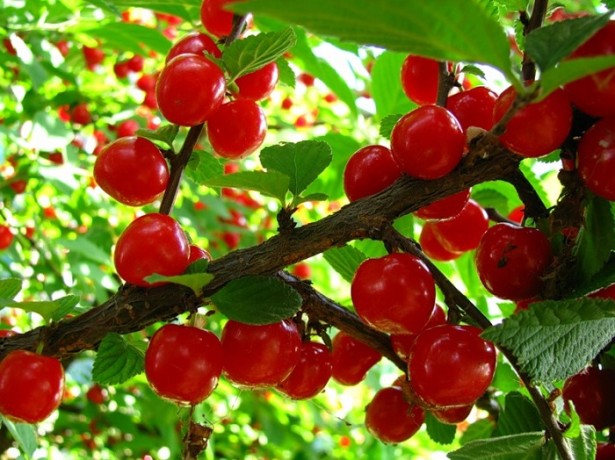
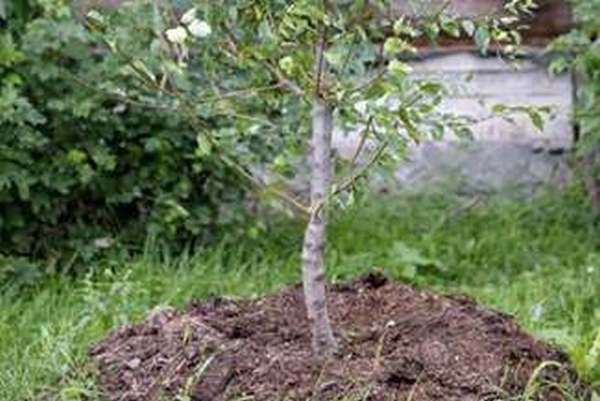
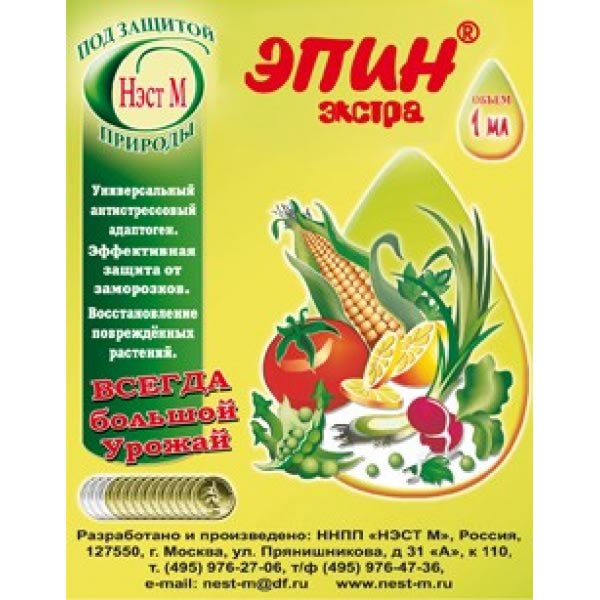
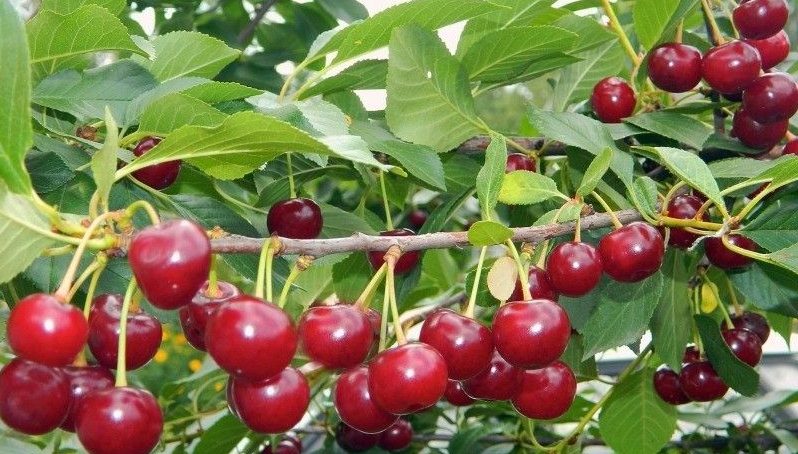
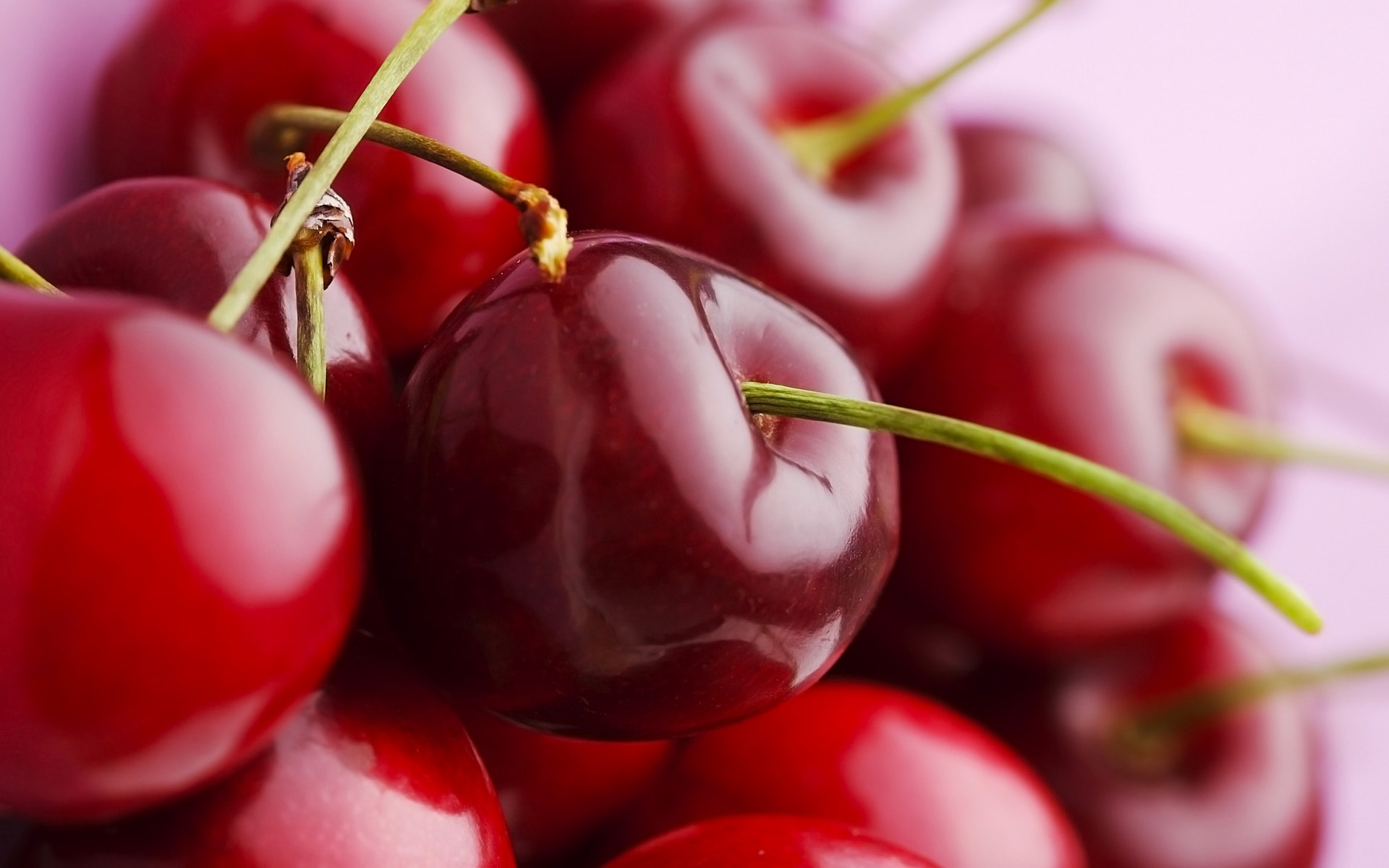
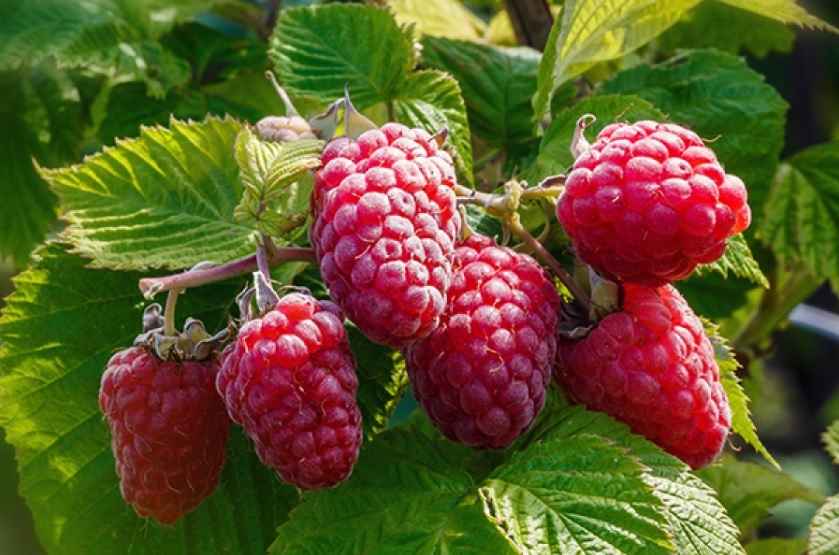
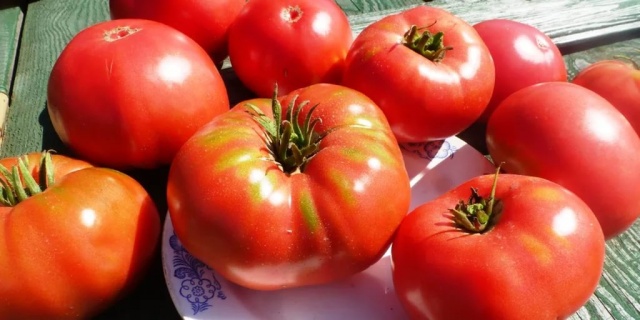
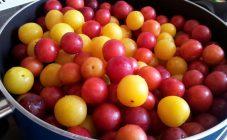
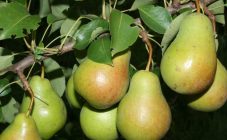







We love cherries with the whole family, freeze them, make jam. Vitamins are tasty and healthy. You need to be patient and the cherry will bear fruit. For Siberian cherry, it's really important to consider the climate.
I love different varieties of cherries, both sour and sweeter. A very useful article for gardeners. I will definitely use this information, since my grandmother is a gardener and she will be interested in learning the different subtleties of this topic.
My husband and I want to plant cherries next year. In my opinion, for our conditions (Irkutsk region) winter hardiness (-50 on the thermometer last winter) and the ripening rate are especially important (sometimes winter is not going to leave, then summer is not very happy, then autumn comes early, or even all together ), and the yield is how it goes. At least a little, but to grow, that's my goal)))